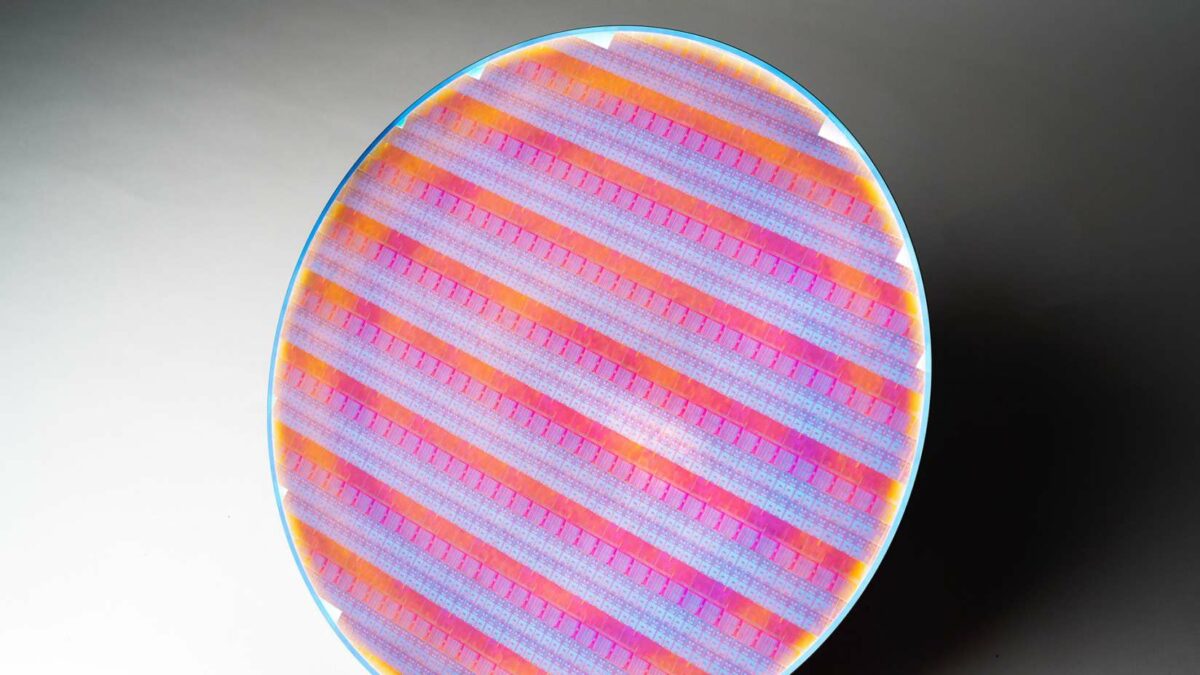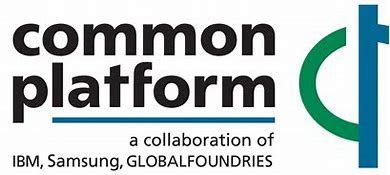"Swan’s Intel spent as much on stock buybacks as it did capital expenditures on fabs over his tenure: more than $36 billion towards buybacks versus $38 billion in Capex"
From Swan's viewpoint, Intel was conspicuously failing to get its 10 nm process working, he was made interim CEO 5 weeks after the single part, obvious to all bogus introduction of Cannon Lake May 2018.
But did Ice Lake parts really start shipping in quantity in 4Q19? And that generation used 14 nm++ Comet Lake for desktops and high powered mobile. When did 10 nm/Intel 7 stop being a technical and pure yield catastrophe, even if it ended up being extra expensive?
What did Swan's major purchases of TSMC capacity mean? In the end the chips made with them didn't start shipping until this year, although I can
maybe see Intel surrendering earlier reservations to companies who needed capacity more.
I assume that lit a fire under the fab people, if they didn't get 10 nm/Intel 7 working. those fabs and their equipment could have been shut down and maybe even sold. Intel would have had an extremely dry spell with 14 nm++++++++ parts, but survival was at stake.
Except Intel wasn't in the least transparent about all this, although we heard that was generally true inside the company. Stopping stock buybacks would have signaled Intel was in real trouble. Stopping dividends was part of a disaster that's convinced everyone Intel might not make it.
We also need to ask if Swan and PG had much flexibility at all, and especially about buybacks and dividends. For they answer to the board, and none of us has a high opinion of it as a whole. I suspect Intel's increased, impossible to hide disasters are what's enabled the company to get real about being in existential danger, and things like COVID era purchases delayed that. "We're about to die!" could be countered with "But we're making lots of money!"


